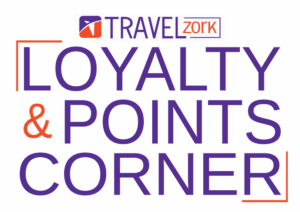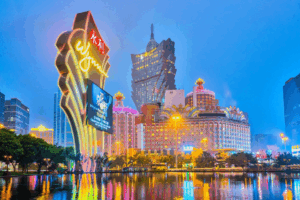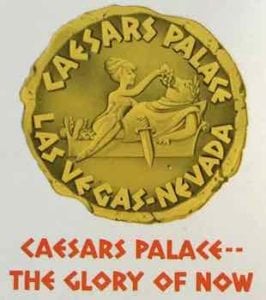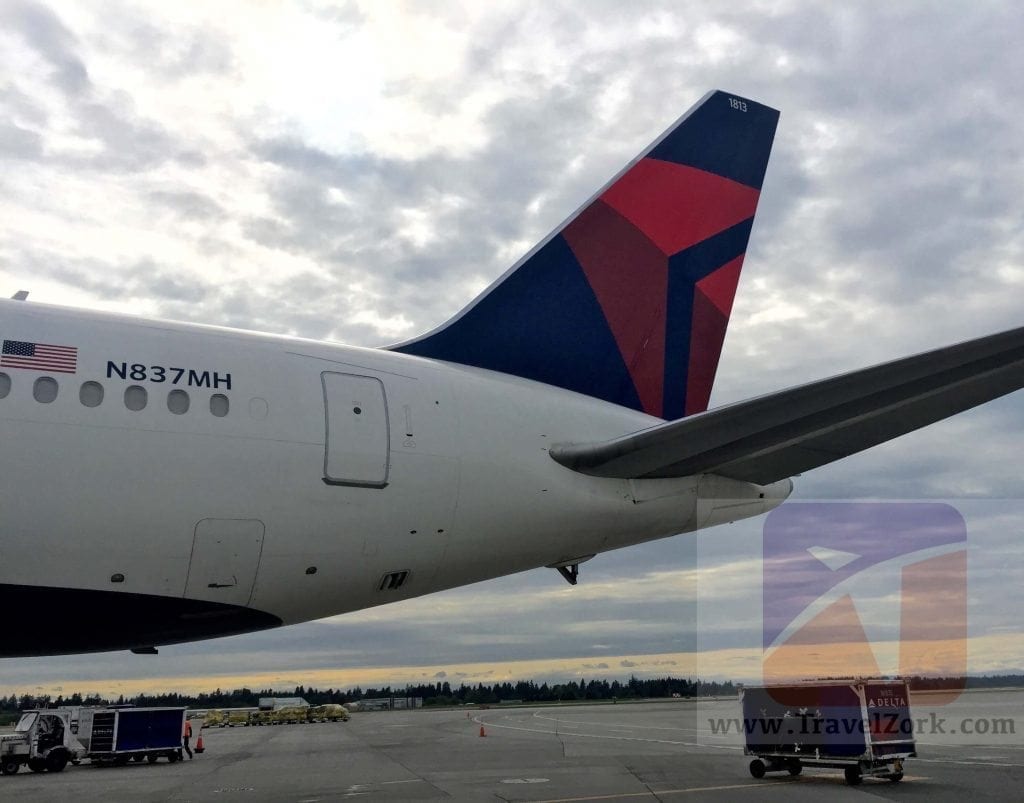
A few years ago, Delta introduced Basic Economy (“E”) fares in some leisure markets where it competes with low-cost carriers (LCCs). Since this time, Delta has slowly expanded the number of markets where it offers “E” fares. Delta also increased the restrictions associated with these fares. Per Delta, Basic Economy fares are currently only available in select markets.
On November 19, 2015, Delta announced “E” fares would be marketed on select TPAC and TATL long-haul flights.
This is the first time Delta has applied the “E” fare bucket to long-haul international flights.
Delta Basic “E” Routes specified:
ATL-JNB (all points of sale)
ATL-NRT (US points of sale)
MSP-LHR (US points of sale)
SEA-LHR (US points of sale)
“E” fares include the following restrictions:
- No voluntary ticket changes.
- No Same-Day Standby or Same-Day Confirmed changes regardless of Medallion status.
- No advance seat assignment – seat assignments can be made at Online Check-In, at a Delta Kiosk, or at the airport within 24 hours of departure. Medallion or other elite members cannot select seats in advance.
- Not eligible for paid, complimentary, or discounted Comfort+, or paid/complimentary Preferred seats regardless of Medallion or elite status.
- Not eligible for complimentary domestic upgrades.
- Customers cannot purchase Priority boarding.
- More details for those choosing Basic Economy.
In the 2nd of May 2016 article “Last class” is here to stay on America’s airlines in The Economist clearly points out why “E” fares are here to stay. They are just too profitable for Delta, and this will most likely be the case for other US Domestic Legacy Carriers. We already have seen this model proving effective for low cost carriers such as Spirit.
The early reviews were universally negative—except for the only one that counts. Because basic economy, it seems, is quite profitable for the airlines. Delta, which introduced basic economy on a limited scale in 2012 and announced an expansion last year, has now released a report on its financials. In the first three months of this year, the airline says, basic economy earned Delta an additional $20m in revenue. Delta is planning to expand the fare class beyond the roughly 1,650 routes (8% of the airline’s total routes) it currently serves.
Takeaways:
No frills low cost fares like “E” fares on Delta are here to stay. There is just too much profit potential for Delta. With regard to some elite (Medallion) perks which only apply to long-haul economy class such as lounge access, there has not been specific mention. Will “E” fares also impact lounge access for eligible Medallion or partner elites? Only time will tell. This is the same situation with checked bags. There are also are no current indications this will impact baggage allowances, but I would not put it out of Delta’s scope.
E = Avoid. For Medallion members, I’d avoid these fares like the plague.
Compare Delta’s Seat Options
Robin was born and raised in California. She currently lives in rural England and uses Heathrow to frequently visit friends and family in the USA, Europe, Asia, or, well, anywhere. Hobbies include travel, running marathons for Children with Cancer, running shorter distances for the fun of it, reading, and dragging her family members across the world to meet her. Favorite cities include London, New York, Chicago and San Diego.















